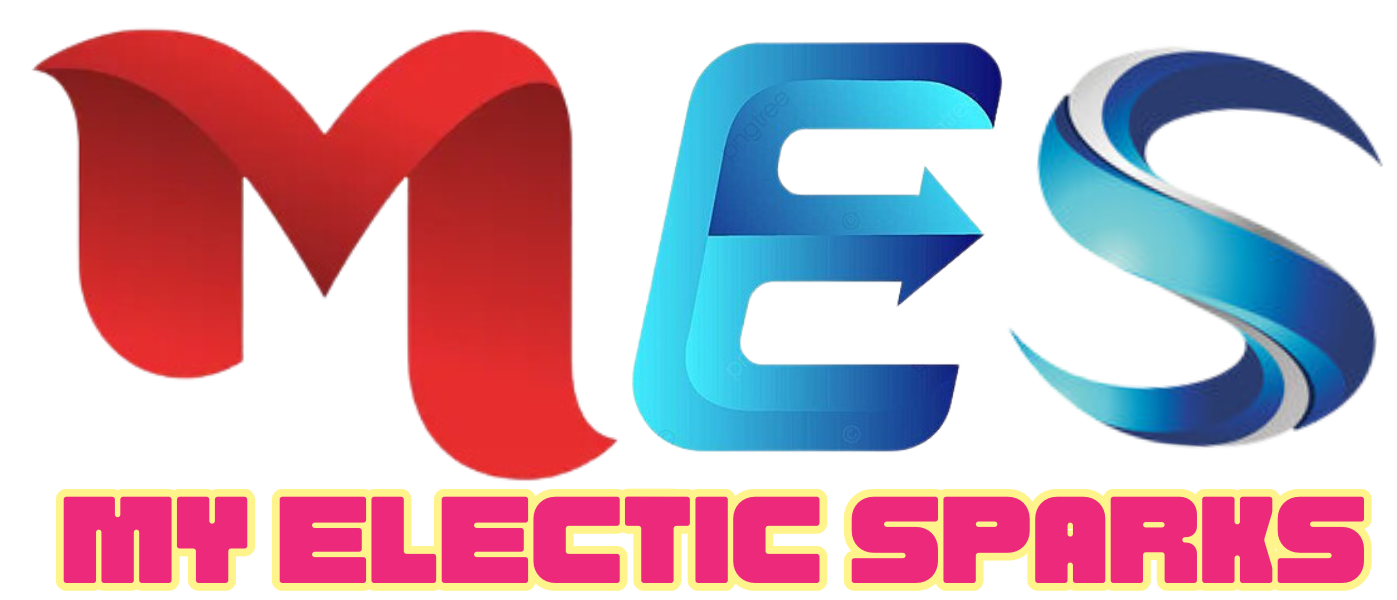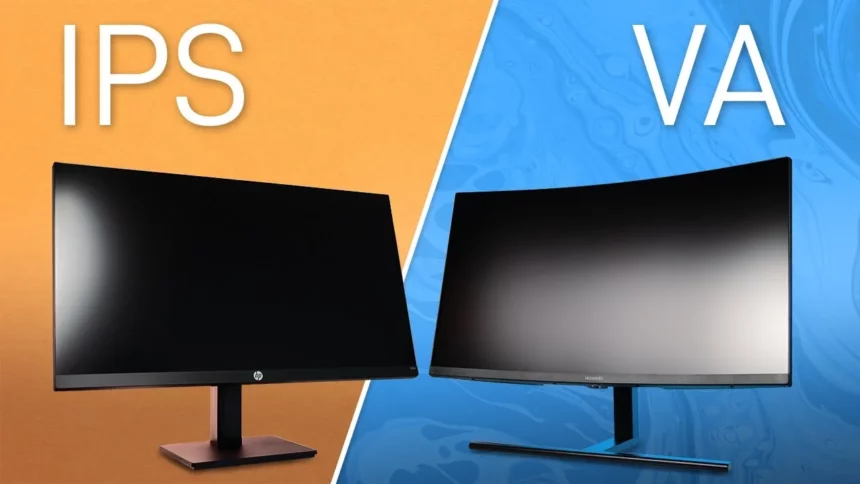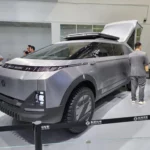here we will show you the key difference between VA VS IPS hence With the introduction of newer display technologies, LCDs still remain more reliable and sustainable. The best advantage in today’s LCDs is you can use them for different purposes that is you can connect them with (TV, monitors, Mobile phones, Laptops, and Automobiles).Quite amazing? yes, it is.
So, LCD displays come with two different panels.
VA vs IPS
VA stands for Vertical Alignment and While IPS stand for In-plane Switching to satisfy the different viewing needs of customers.
It should be noted that in VA panel that offers a narrow viewing angle
A VA panel offers a superior contrast ratio but a narrow viewing angle. Contrarily, an IPS panel offers a wide viewing angle but a low contrast ratio.
So, ultimately the question of which panel is best depends on how you plan to use the display.
The following article explores the different advantages and disadvantages of the LCD panels and which one you should go with based on your needs.
[su_note note_color=”#91143d” text_color=”#ffffff”]NOTE: In the rest of the article, we used the term ‘TV’ as a general display device and the evaluation applies to TVs and Computer Monitors as well.[/su_note]
1. VA (Vertical Alignment) Panel

Here in this, the liquid crystals are arranged in such a way that they are parallel to the glass substrate instead of the perpendicular alignment. Moreover, the structure of crystals and the placement of the electrodes are different from the one that is used in VA panels.
The electrodes occupy more space which results in the lower contrast and brightness of the screen.
However with that IPS panels, You can watch movies, youtube and other entertainments in the wide-angle and still get an impressive picture and more accurate quality of picture. But if you take a look over the VA panels, you will come to know that there is a little difference in the color reproduction when you sit at a wide angle from the display.
But when it comes to black uniformity, the IPS panels are sub-par. make sure to not go with that because it gives you sometimes poor display there will be a bright image in the center of the black screen which can harm your eyes too.
Have you ever noticed there are Light patches coming from the corner in the IPS panels this is one of the drawbacks or you can call it a disadvantage which is called “IPS GLOW” this only happens when there is an extreme light passed through the screen.
We have seen the IPS panels are mainly used in TVs due to their wide angles it is because we can view or watch tv in our room/drawing room and from anywhere. But due to their better quality, color accuracy, and response time, LCD panels gradually occupied the high-end computer monitor and laptop screens
[i2pc pros_icon=”icon icon-check-2″ cons_icon=”icon icon-thumbs-down” show_title=”true” title=”Pros & Cons” show_button=”false” pros_title=”Pros” cons_title=”Cons” ][i2pros]Usually in IPS panels there is wider viewing angles. You will notice little difference in the picture quality even when you watch the TV from extreme angles.
It has a high refresh rate. You will enjoy a smooth and fluid gaming experience.
It has a low response time.
It has a decent refresh rate.[/i2pros][i2cons]Their contrast ratio is not as good as that of VA panels.
It has poor black uniformity.
The IPS panels are very expensive.[/i2cons][/i2pc]
2. IPS (In-Plane Switching) Panel

IN IPS the liquid crystal is arranged in a parallel way to the glass substrate instead of perpendicular alignment like VA. Moreover, the structure and the placement of the electrodes are quite different from that of the VA panels. The electrodes occupy more space that resulting in lower contrast and brightness of the screen.
With the IPS monitors, you can watch movies, play games from the wide-angle, and still be able to get a detailed and best quality image.
But if we take a look over to VA monitors you will notice very little color reproduction when you sit at the wide-angle from the display.
But when it comes to the black uniformity which is already discussed below, where the IPS panels or monitors won’t be able to give you perfect results.
there is one more major disadvantage of IPS Display is that they exhibit a distinct phenomenon called “IPS GLOW” you will notice some light patches on the corner of the screen. which only happens when there is extreme light that passes through the screen which is not a good thing.
Originally, IPS panels are essentially used in TVs due to their broad viewing angles, as we can watch TV in our living room from any place. But due to their better feature, color accuracy, and response time, LCD panels continuously held the high-end computer monitor and laptop screens.
[i2pc pros_icon=”icon icon-check-2″ cons_icon=”icon icon-thumbs-down” show_title=”true” title=”Pros & Cons” show_button=”false” pros_title=”Pros” cons_title=”Cons” ][i2pros]The IPS panels have wider viewing angles. You will notice little difference in the picture quality even when you watch the TV from extreme angles.
It has a high refresh rate. You will enjoy a smooth and fluid gaming experience.
It has a low response time.
It has a decent refresh rate.[/i2pros][i2cons]Their contrast ratio is not as good as that of VA panels.(Already discuss below its reason)
It has poor black uniformity.
The IPS panels are very expensive.[/i2cons][/i2pc]
VA Vs IPS: Table Comparison
We have considered some best features that you must have considered while buying any tv or monitor and you should be able that how each feature is fair in each case make sure to understand each feature better.
[table id=43 /]
Factors you need to check while choosing your TV panel
Here we have research about the list and different factors that you must check before choosing the right monitor/tv according to the below comparison.
Image Quality
[su_box title=”Features of VA” style=”soft”]
- The color is not as much greater than that of the IPS display but it does not have a good review in showing the different color variations. The viewing angle of this is quite narrow so you have to sit in front of the screen which can result in damaging your eyesight.
- VA panel compensates for its decent color range with an impressive ratio of contrast. you will be able to see great detailing in the difference between light and dark colors.[/su_box]
[su_box title=”Features of IPS” style=”soft”]
- These IPS displays have the highest color range. You will be able to enjoy a high-quality gaming experience just like in the real world. Other than that they have high and better viewing angles. So, you won’t be able to see any drop in picture quality even when you are not sitting in front of your PC/Monitor. It should be noted that this kind of display can be very useful at your home for children because the ratio of eyes effects is very rare out of 100% only 1% have received complaints. [/su_box]
VA VS IPS brightness difference

Here you are able to see the image resolution of IPS and VA.
You are able to see clear difference so the winner here is IPS
Refresh Rate
[su_box title=”Features of IPS Refresh rate” style=”soft”]
- It should be noted that the IPS display is famous for the highest refresh rates. You can easily find the IPS panel with the highest refresh rate of 144Hz, while the highest rate can also be found at 360Hz. if you are a gamer or an artist or an NFT greater then go for the highest refresh rate within your budget. [/su_box]
[su_box title=”Features of VA Refresh rate” style=”soft”]
- It has lower refresh rates than the IPS display Panels. it usually comes with a refresh rate of almost 120Hz.
If you want to have a slightly higher refresh rate, other than that of the IPS it comes with a maximum of 240Hz.[/su_box]
VA VS IPS Refresh rate difference

So here it shows the clear difference between the IPS and VA.
So the winner is IPS pannel here
Response Time
[su_box title=”Features of IPS Response time” style=”soft”]
- In IPS panels which frequently come with a response time of 4 milliseconds. Which is sufficient for playing games or watching Tv in Hd quality. But, if you are playing any racing games. it should be noted that you must require a response time of almost 2 milliseconds.
But there is the latest IPS panel that comes with a refresh rate of 2 milliseconds.[/su_box]
[su_box title=”Features of VA Response time” style=”soft”]
- VA panels generally have a slower response time than that of IPS Tv or Monitor with 5 milliseconds. so you will be able to see a motion blur but it should be noted that some of the VA Tv or VA monitor that comes with higher price usually have a faster response time.[/su_box]
VA VS IPS Response time

The winner is IPS panel because of its fast response time.
Contrast Ratio
The contrast ratio leads to the difference between the maximum and the minimum brightness. The monitors can show the dark colors darker and the light color lighter and the bright color brighter.
[su_box title=”Features of IPS Display in Contrast ratio” style=”soft”]
- The IPS monitor plays a vital role in the contrast ratio but nowadays they are too much close with that of VA panel TVs Display. It should be noted that the IPS panel offers a contrast ratio of 1000:1 when you watch a black color entertainment environment in an IPS Tv the black color will be slightly out and will be shown some best and 3d color.
[/su_box]
[su_box title=”Features of VA Display in Contrast ratio” style=”soft”]
- VA panel offers you a better contrast ratio of 6000:1 which is quite amazing.
- VA display is famous for showing dark screens or environments as darker. So, you will enjoy the picture or movie pictures in more detailing as shown below.[/su_box]

The VA panel shows quite detail information which means the winner here is VA panel.
Black Uniformity
Black uniformity is the ability of any monitor that shows the ability of any monitor which shows black color throughout its screen in a best and 3d manner.
[su_box title=”Features of IPS MONITOR in BLACK UNIFORMITY” style=”soft”]
- As in IPS panel display or IPS monitors are not that much great as that of VA monitors because it does not show the uniform black color throughout the screen due to its low contrast ratio.
- The black color will appear but it will not be able to show some high contrast ratio in it.[/su_box]
[su_box title=”Features of VA MONITOR in BLACK UNIFORMITY” style=”soft”]
- VA panels have a wonderful black uniformity. But it usually depends on the TV model you choose. it should be noted that not each and every TV model with a VA panel have a good black uniformity.
- But it is safe to say that VA panels or monitors have better black uniformity than an IPS panel due to its high contrast ratio.[/su_box]

Here we see the clear winner is VA Panel.
Viewing Angle
[su_box title=”Features of IPS PANEL IN VEWING ANGLE” style=”soft”]
- Now let’s discuss the viewing angle of IPS Display or IPS panel.
- In terms of Viewing angle, we will give a rating to IPS display or IPS panel 10 out of 10 because it gives a wider viewing angle there will be no drop in picture quality even if you watch the tv from an extreme position or angle.[/su_box]
[su_box title=”Features of VA PANEL IN VEWING ANGLE” style=”soft”]
- The VA panels have very restricted viewing angles. You must sit in front of the monitor or screen to enjoy the best-detailed image or gaming experience.
- Its drawback is that if you slightly sit wider from the screen you will notice there will be a loss in picture quality which is not a good sign below is the key difference between VA and IPS viewing angles.[/su_box]

The winner is IPS panel because it has a wider viewing angle.
VA Vs IPS Gaming:
There are exceptions; however, generally, IPS are considered better for gaming because of their faster responses.
The pros and cons in summary:
IPS Pros: More stable viewing angles, faster response times.
Cons of IPS: Lower Contrast and “IPS glow.”
VA Pros: Higher contrast, deeper blacks.
VA Con: viewing angle contrast and color shift. The slower response is especially noticeable in the smearing of black levels.
I wouldn’t say I like dealing with VA contrast shift or color on a monitor(close distance), which causes headaches. However, I prefer VA for TV because I’m farther away, contrast shift isn’t an issue, and deep blacks are the king. Also, many people who play games in dark or dim rooms prefer VA monitors due to the deeper blacks and do not have any issues with contrast, color shift, or spreading.
The bottom line: It’s extremely subjective No one can say what set of trade-offs you would prefer. Although you may know the trade-offs are, it’s difficult to tell which is more bothersome until you’ve experienced the effects. You might think that you’re in the dark until the contrast shift causes you anxiety.
Conclusion
It should be noted that the difference between the panels depends upon the alignment of the liquid crystals which results in the differences in the performance and picture quality and more details and the performance of the panels.
We have already written about the best monitors in 2021 which will help you to understand which is best for you.
It should be important that if you are searching for an IPS OR VA panel for office or study use then we will recommend VA monitors because they also have better quality and have high definition picture quality.
The VA Panel will be sufficient for your office or study which will full fill your needs.
But if we talk about IPS panels that are good for programmers, photo editing video editors, and most graphic designers.
If you have any further queries doubts then we are here to solve them feel free to ask anything you have a problem with within the below comments sections.














